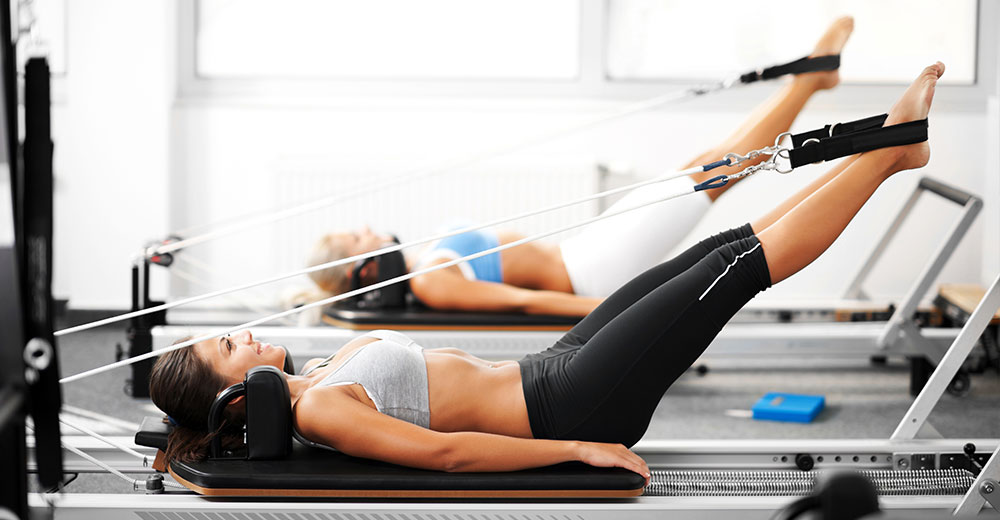The movements are exercises designed to help improve the muscle strength of those with, for example, lower back pain.
You may have seen it advertised, or even seen people practicing it in studios and gyms. Pilates has seen a revival of late, despite it being around since the early 1900s. It’s practiced by millions of followers worldwide and is now even being prescribed by the medical profession as a means to enable people to improve their core strength (which in turn assists posture, having a flow-on effect to all parts of the body and its systems).
The creator, Joseph Pilates, called the practice Contrology and stated that it must look and feel like a workout, not a therapy, when done properly. The exercises can be changed to accommodate beginners and experts alike, and aim to improve flexibility, develop core strength and develop endurance. In fact, the six principles are control, concentration, centring, precision, breathing and flow of movement.
There are two main ways to undertake Pilates – using the floor and gravity or using the equipment. The principles are the same.

Pilates claims to assist people to recover from many conditions, such as:
- Lower back pain
- Improved flexibility
- Balanced muscular strength
- Better posture
- Joint or musculoskeletal disease or injury
- Improved body awareness and concentration
- Stress management
Pilates can be tailored to suit the individual, however, it does rely on the practitioner to challenge themselves by stepping out of their comfort zone to manipulate their body into unfamiliar positions. It is touted as being low-impact but, as with all forms of exercise (particularly those you’re not accustomed to), it is important to speak with your Doctor or Pilates instructor to ensure you’re not putting yourself at risk.